
Understanding how to qualify for Medicare and Medicaid is vital, especially as you approach retirement age.
Read more
As your insurance agent, we want you and your farm to remain safe so here are some facts to keep in mind when it comes to shopping
Read more
For most people, their home is their biggest investment. It's where they create memories with
Read more
The holidays are a time for family, friends, fun, and food. Unexpected fires are not a popular
Read more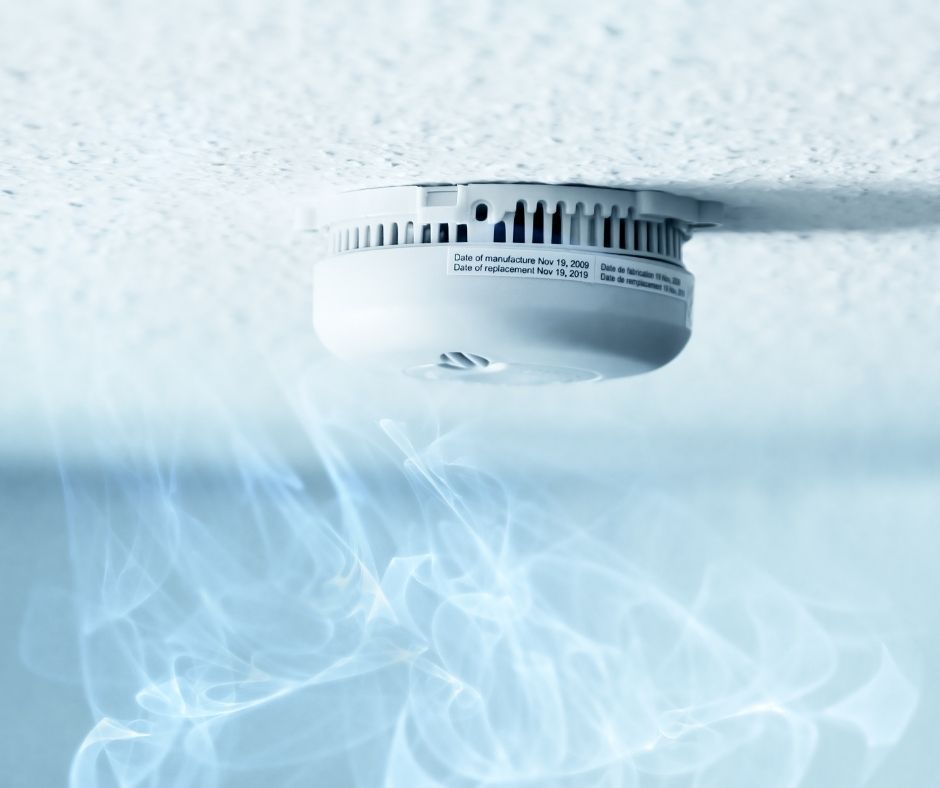
While most home owners know the importance of having smoke alarms, almost three out
Read more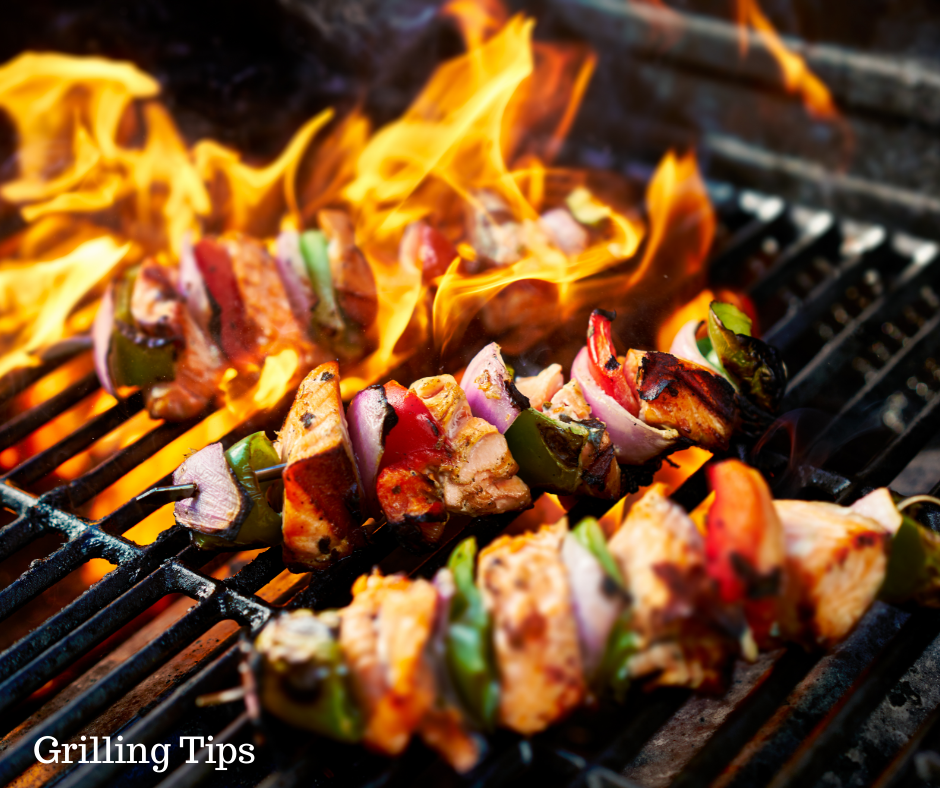
As the weather warms and summer returns, it's time to GRILL! There are risks that come along with grilling
Read more
The dog days of summer have arrived. Escaping the heat can seem impossible some days, especially if you
Read more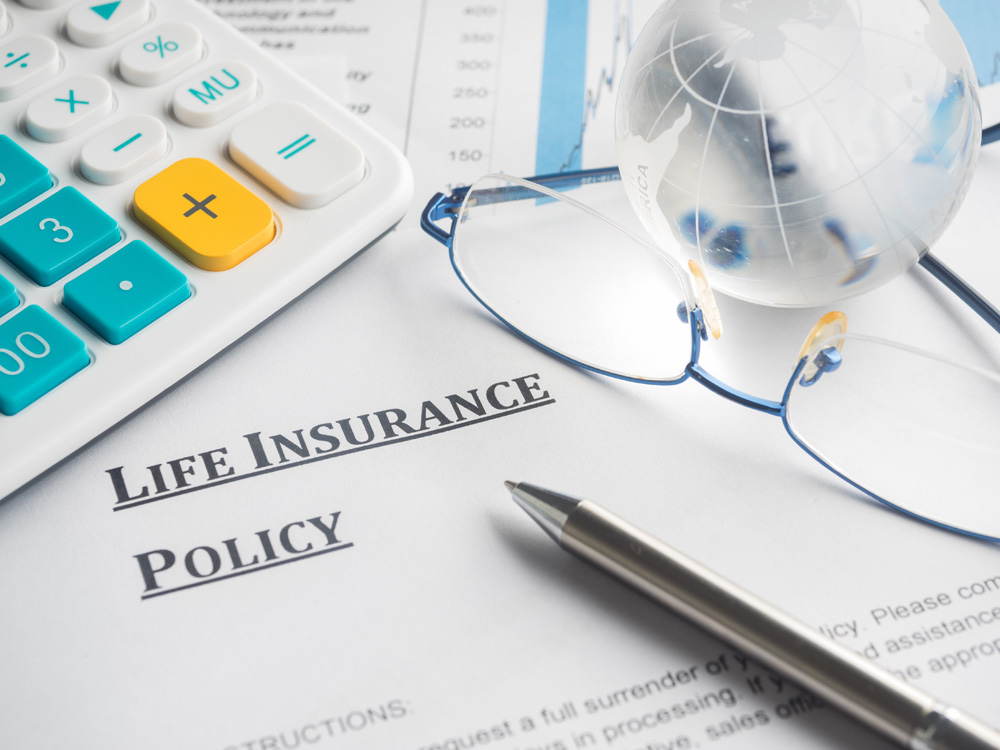
The primary purpose of life insurance is to protect family members financially after their loved one's death.
Read more
You don't have to live in a flood-prone area to encounter flooding in your home. This can happen at any time to
Read more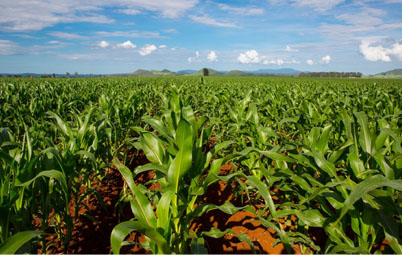
While crop insurance is a government program offered by insurance companies at the same rates, it can be
Read more
Trouble happens. You left your lights on and now you're stuck with a dead car battery. While learning how to
Read more
Life insurance is part of a responsible financial plan. And while you should feel secure knowing it will be there
Read moreAccording to the National Fire Protection Association, there are an average of 385,500 residential fires every
Read more
Amid all the green lawns and manicured gardens of summer lies a grim statistic: Every year, while mowing the
Read moreSummer is almost here! The weather is warm, and due to social distancing, people are spending more time enjoying nature than they have before.
Read more
Thinking about your death isn't the most enjoyable part of your life. However, ensuring your family's future is
Read moreIn the everyday insurance world, coverage may sometimes be hard to come by.
Read more
Life is the most precious gift and we love insuring yours! Daisey Insurance values every single one of our loyal
Read moreWhen it comes to retirement planning, Americans are often way behind. In fact, in 2019, almost half of households
Read more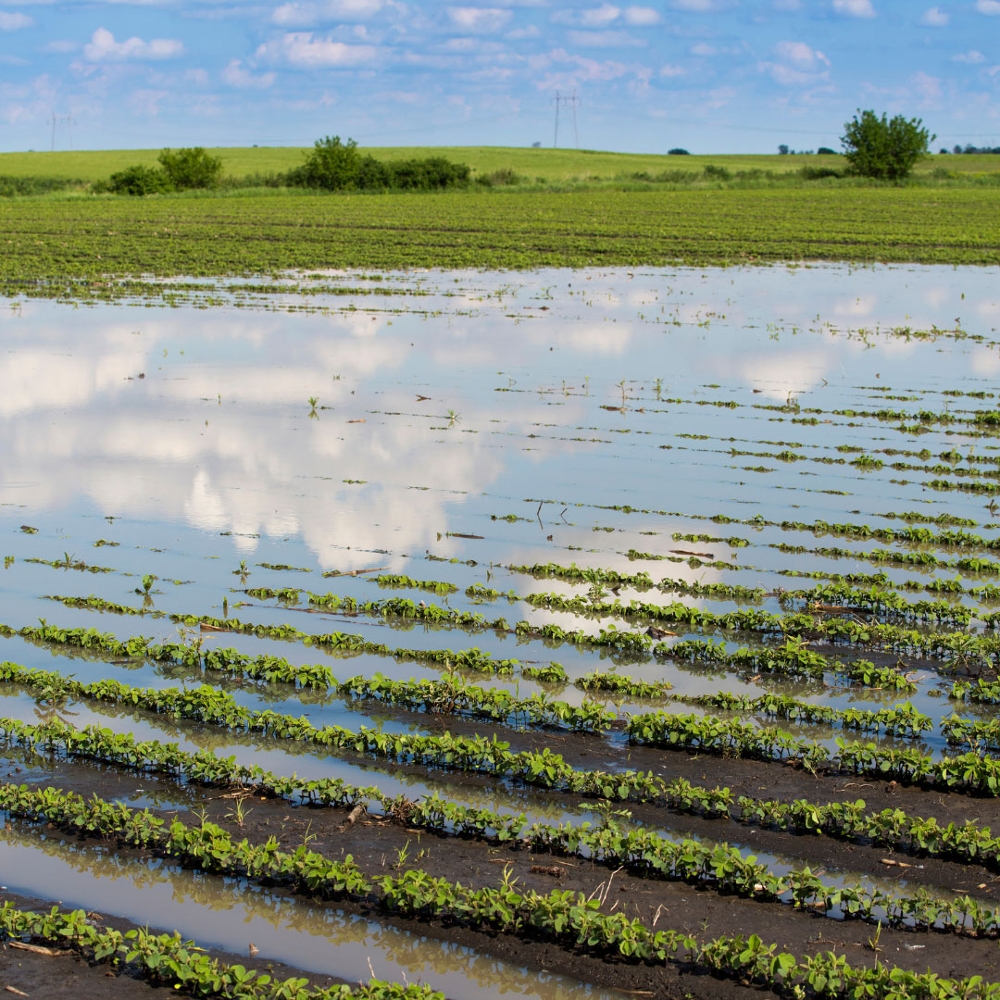
The Office of Management and Budget (OMB) today released a proposed Fiscal Year 2021 budget that includes
Read more
Each and every corn growing season is unique and poses different challenges. Most recently, many areas across the Corn Belt
Read more
Strands of sparkling holiday lighting make your home feel merry and bright, especially on a gloomy December day.
Read more
We all want our kids to live long, healthy lives, which is why child life insurance may not feel like a top priority.
Read more